
Whether you’re a contractor looking to cut costs, a retailer sourcing products for your store, or a homeowner undertaking a major renovation, importing faucets can be a smart way to access unique designs and affordable prices. However, like any type of international sourcing, importing faucets comes with its own set of challenges, regulations, and considerations.
This guide breaks down what you need to know before diving into the world of faucet importing—from choosing a supplier to customs, quality control, and everything in between.
1. Why Importing Faucets?
Before we get into the logistics, it’s important to understand why people import faucets in the first place. Here are a few common reasons:
- Cost Savings: Faucets from overseas (especially from China, Vietnam, or India) can cost significantly less than domestic options.
- Unique Designs: Importing gives access to a wider variety of styles and finishes not always available locally.
- Bulk Purchasing Power: Retailers and builders often source faucets in bulk at wholesale rates, increasing profit margins.
However, cheaper doesn’t always mean better, so knowing how to vet your suppliers is key.
2. Choosing the Right Supplier
Not all faucet manufacturers are created equal. When choosing a supplier, consider:
A. Reputation and Reviews
Check for testimonials, case studies, or third-party reviews. Platforms like Alibaba, Global Sources, and Made-in-China have built-in review systems.
B. Certifications
Make sure the manufacturer complies with international standards, such as:
- UPC (Uniform Plumbing Code) for the U.S.
- NSF/ANSI 61 for drinking water safety
- CE Marking for the European market
C. Samples and Product Testing
Never place a large order without requesting samples. Test the faucet for build quality, water flow, finish durability, and handle smoothness.
3. Understanding Materials and Build Quality
It’s easy to get lured by low prices, but cheap faucets often use inferior materials. Look for:
- Brass: The gold standard for durability and corrosion resistance.
- Stainless Steel: Good for modern designs, though not as corrosion-resistant as brass.
- Zinc Alloy: Budget-friendly but less durable—fine for decorative use, not heavy-duty.
Ask your supplier what materials are used in the valve cartridge—ceramic is best for long-term use.
4. Know the Regulations in Your Country
Each country has plumbing codes that imported faucets must adhere to. Here are a few key things to check:
- Lead Content: In the U.S., faucets must comply with the Safe Drinking Water Act, limiting lead content.
- WaterSense Label: For faucets sold in certain states like California, water efficiency standards apply.
- Certifications: Depending on your region, you may need CSA (Canada), WRAS (UK), or WaterMark (Australia).
Failure to comply can result in customs seizures or fines, so consult your local building/plumbing authority or hire a compliance consultant.
5. Shipping & Import Duties
A. Incoterms Matter
Know what’s included in your shipping terms:
- FOB (Free on Board): Supplier pays for shipping to the port; you handle everything else.
- CIF (Cost, Insurance, Freight): Supplier handles most costs to your port, but you pay duties.
- DDP (Delivered Duty Paid): Most convenient—you pay more, but the supplier takes care of everything.
B. Customs and Duties
Import tariffs on faucets can vary. In the U.S., these may range between 3%–6%, depending on the material and origin. Use HS Code 8481.80 to classify faucets when researching tariffs.
C. Shipping Method
For large orders, sea freight is cost-effective but slower. Air freight is faster but much more expensive, better for smaller, urgent shipments or samples.
6. Quality Control and Inspection
Before finalizing your order, schedule a pre-shipment inspection. Some common third-party inspection services include:
- SGS
- TÜV Rheinland
- Bureau Veritas
They can check for:
- Leaks or water flow issues
- Finish and coating consistency
- Valve function
- Packaging integrity
A few hundred dollars spent on inspection can save you thousands in returned products or warranty claims later.
7. Packaging and Branding
Ask your supplier about private labeling and custom packaging if you’re a reseller or brand. Proper packaging helps protect the faucet during transit and improves customer satisfaction.
Things to request:
- Reinforced foam or molded inserts
- QR code or instruction manual inside
- Retail-ready packaging (if needed)
Don’t forget labeling regulations in your country (e.g., “Made in [Country]” and required safety warnings).
8. Working with an Import Agent
If it’s your first time importing, consider working with a freight forwarder or import agent. They can handle:
- Customs paperwork
- Tariff classification
- Delivery from port to warehouse
- Duty payments
This simplifies the process and helps avoid costly errors.
9. Red Flags to Avoid
Be cautious of:
- Suppliers with no samples or poor communication
- Prices that seem “too good to be true”
- Lack of certifications or vague material descriptions
- High-pressure sales tactics
Trustworthy suppliers are transparent, responsive, and willing to build long-term relationships.
10. Final Thoughts
Importing faucets can offer serious benefits—cost savings, customization, and access to diverse styles—but it’s not a process to rush into blindly. Do your homework on regulations, quality standards, and shipping logistics to avoid pitfalls.
With the right preparation and trusted partners, importing faucets can become a valuable part of your supply chain, whether you’re outfitting hundreds of homes or just designing your dream bathroom.
Pro tip: Always start small. Test the waters with a sample order, build rapport with your supplier, and scale only when you’re confident in product quality and logistics. Happy importing!
 WOWOW Faucets
WOWOW Faucets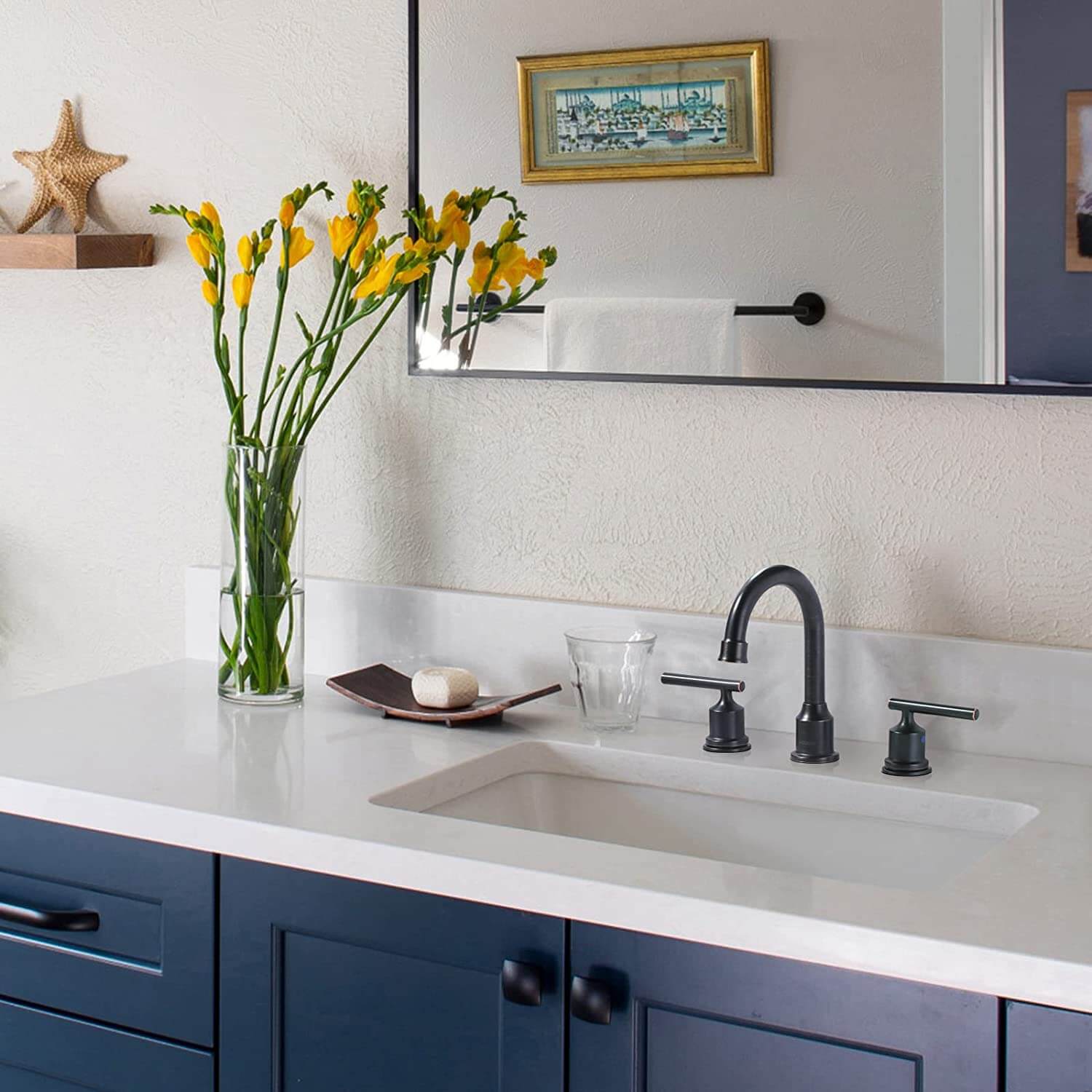
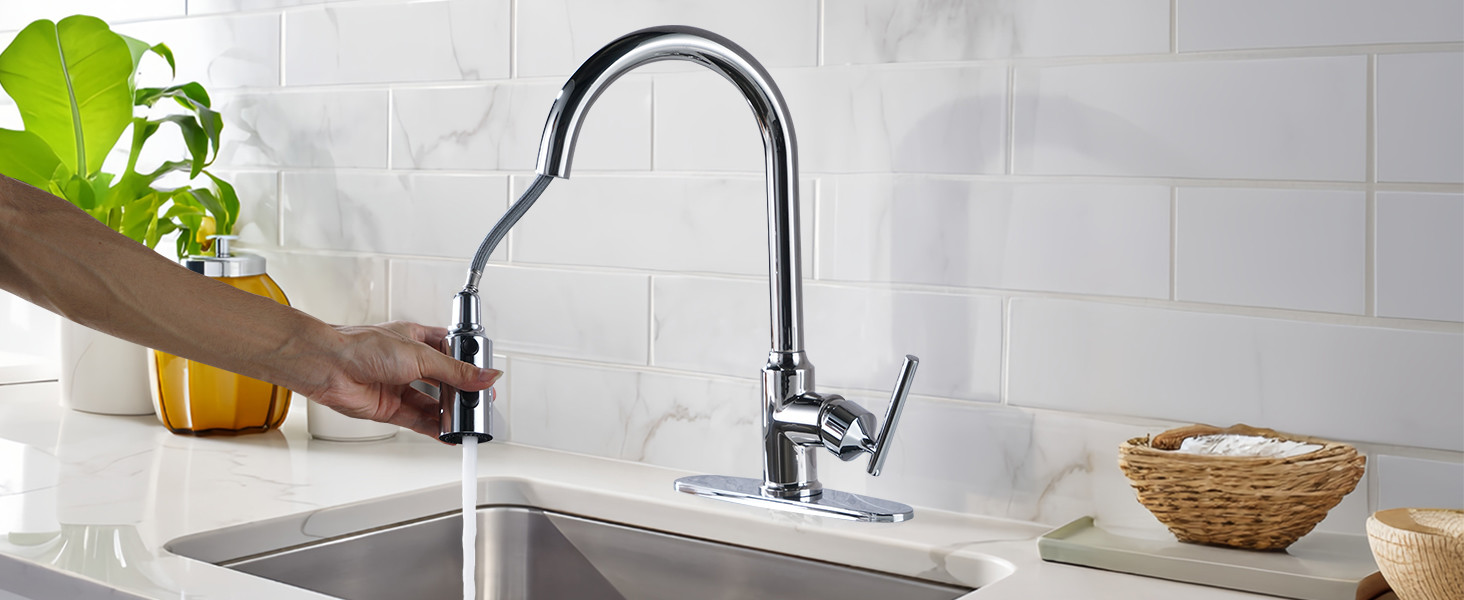

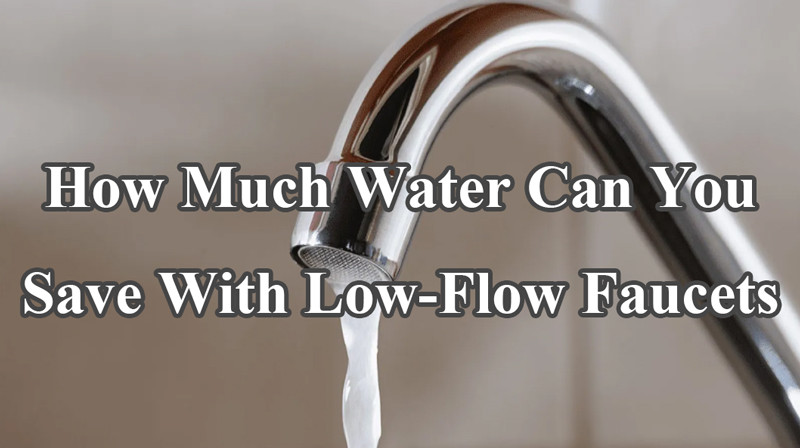
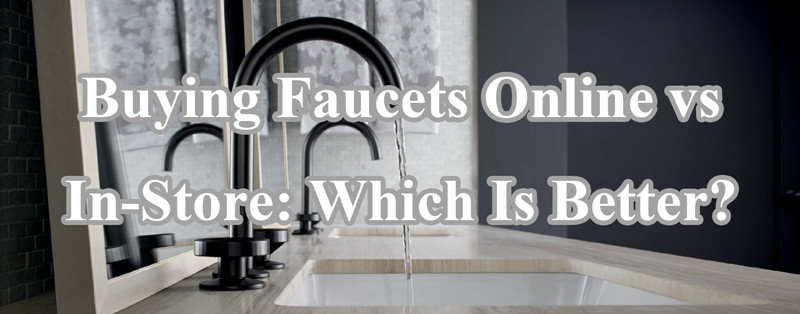

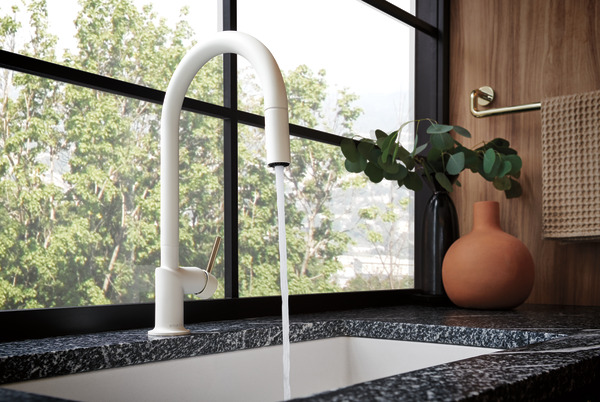
您好!Please sign in